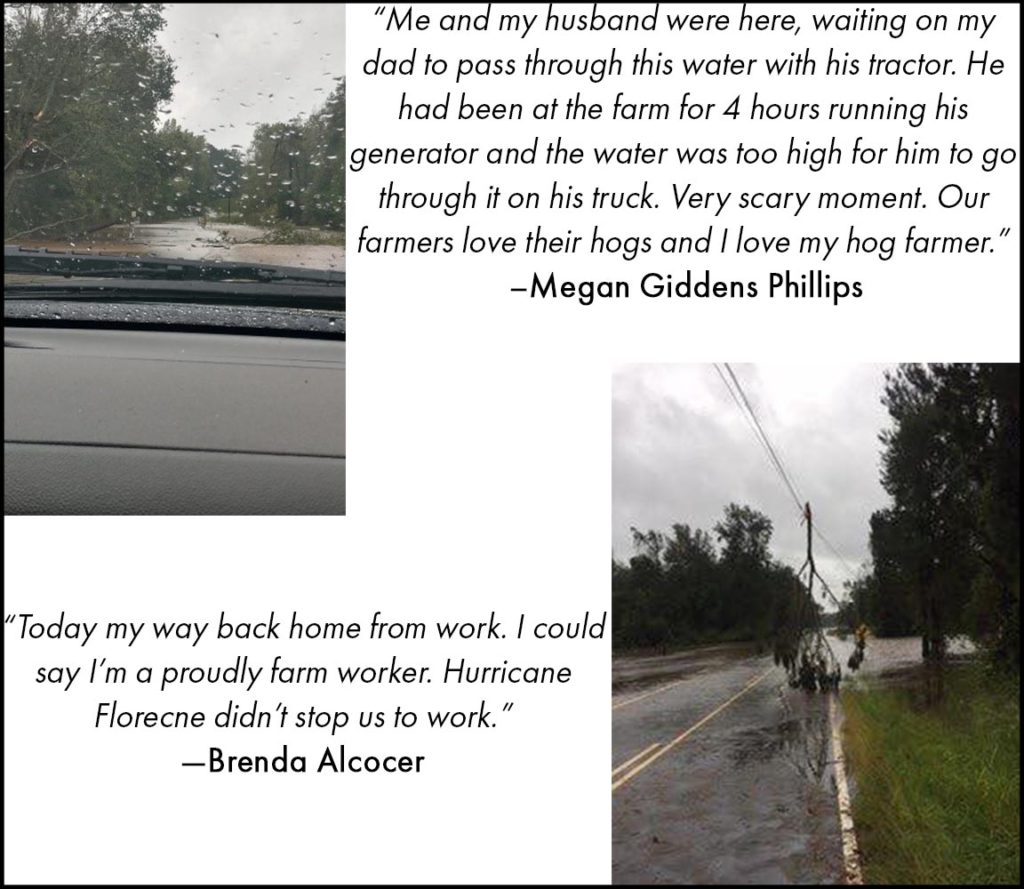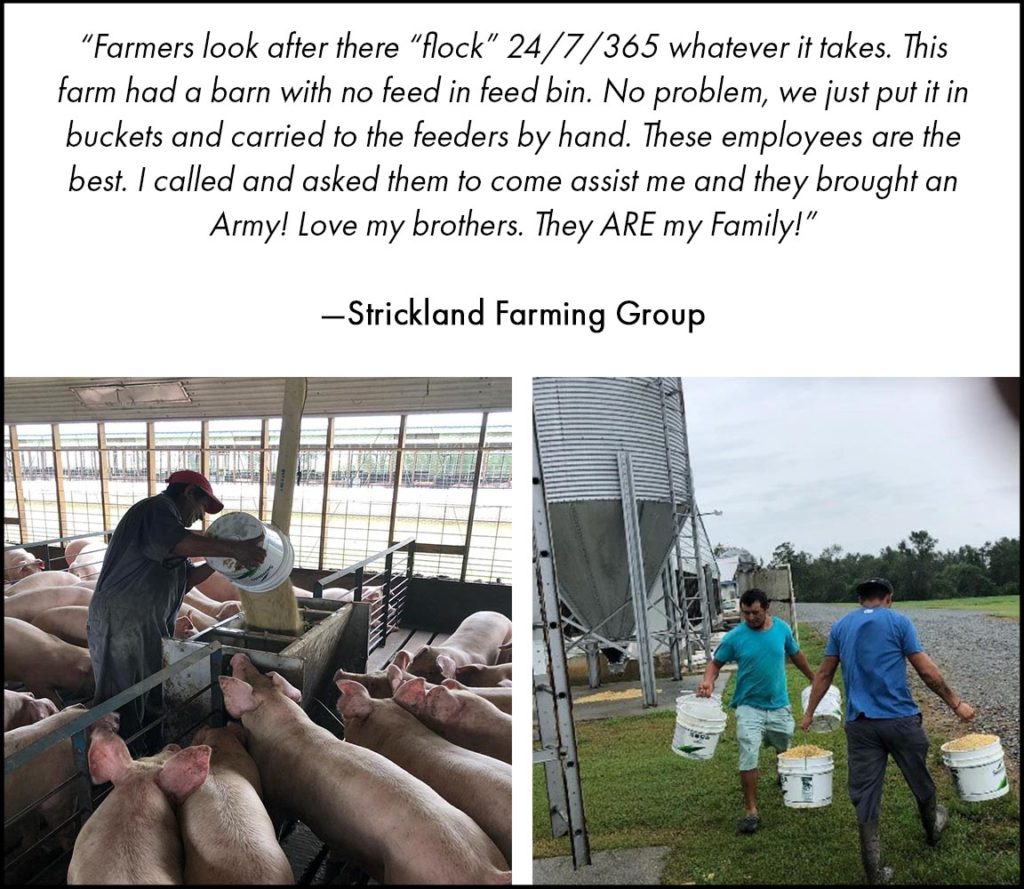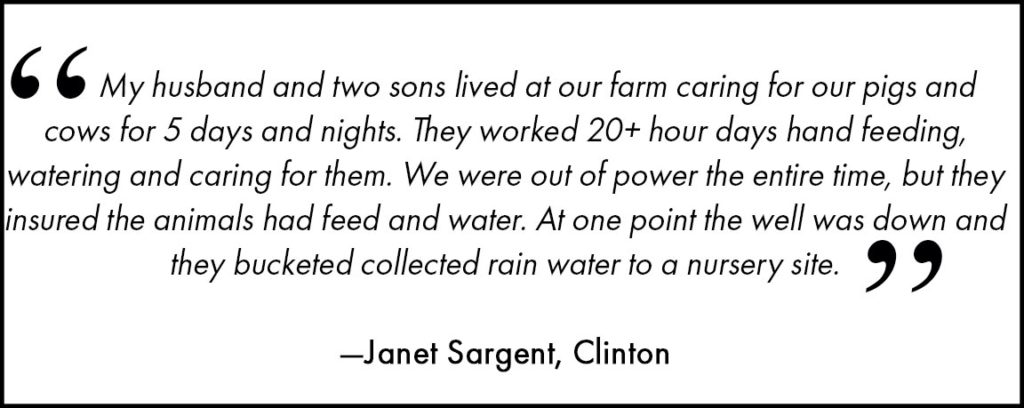Many are aware of the nuisance lawsuits that have been brought against Smithfield Foods and family farmers. During the course of these court cases, a gag order was placed on “all parties and their lawyers, representatives, and agents, as well as ‘all potential witnesses.’” It prevented those afore mentioned from giving any extrajudicial statement or interview to the media or public communications media.
The gag order was put into effect on June 27, 2018. Today, the United States Court of Appeals for the Fourth District filed that the petition challenging the gag order has been granted. The gag order, placed by Judge Earl Britt has been removed.
The gag order was put in place because of the high amount of publicity the trials were receiving and the concern that the publicity would prevent an impartial jury. However, as the recent Court of Appeals filing says, publicity often comes with trials, especially those in which the public has an interest. The frustration felt by many organizations, including NC Farm Families, regarding the inability to respond or freely communicate about ongoing trial events was keen. The frustration was especially felt when it seemed that the publicity was very one-sided. We are grateful that lifting the gag order will allow a more complete story to be told.
Publicity also does not prevent an impartial jury. As the filing states, “an impartial jury, moreover, need not be wholly unaware of information—including potentially prejudicial information—outside the record. ‘Prominence does not necessarily produce prejudice, and juror impartiality . . . does not require ignorance.’ Skilling v. United States, 561 U.S. 358, 381 (2010)(pg. 15).”
There were many reasons why the gag order was rescinded including violating First Amendment Rights and failure to be narrowly tailored were among the foremost reasons. Although, not being able to exercise First Amendment Rights is difficult enough, the gag continued to make matters worse by not being narrowly tailored. The gag order failed to be specific and instead made sweeping coverage. When the district court was asked for clarification, the response was to just figure it out and that it should be self-explanatory.
NC Farm Families is grateful for this decision, as are many others. The Court of Appeals said it well:
“All these people care. This case is about their lives and their livelihoods. Whatever differences the parties and their supporters have, they possess in common a passionate First Amendment interest in debating their futures. It seems very wrong that a court would take that from them.” (pg. 23)
To read the full filing click here: 4 Circuit Ruling
The next court case for the nuisance lawsuits is set for November 13.































